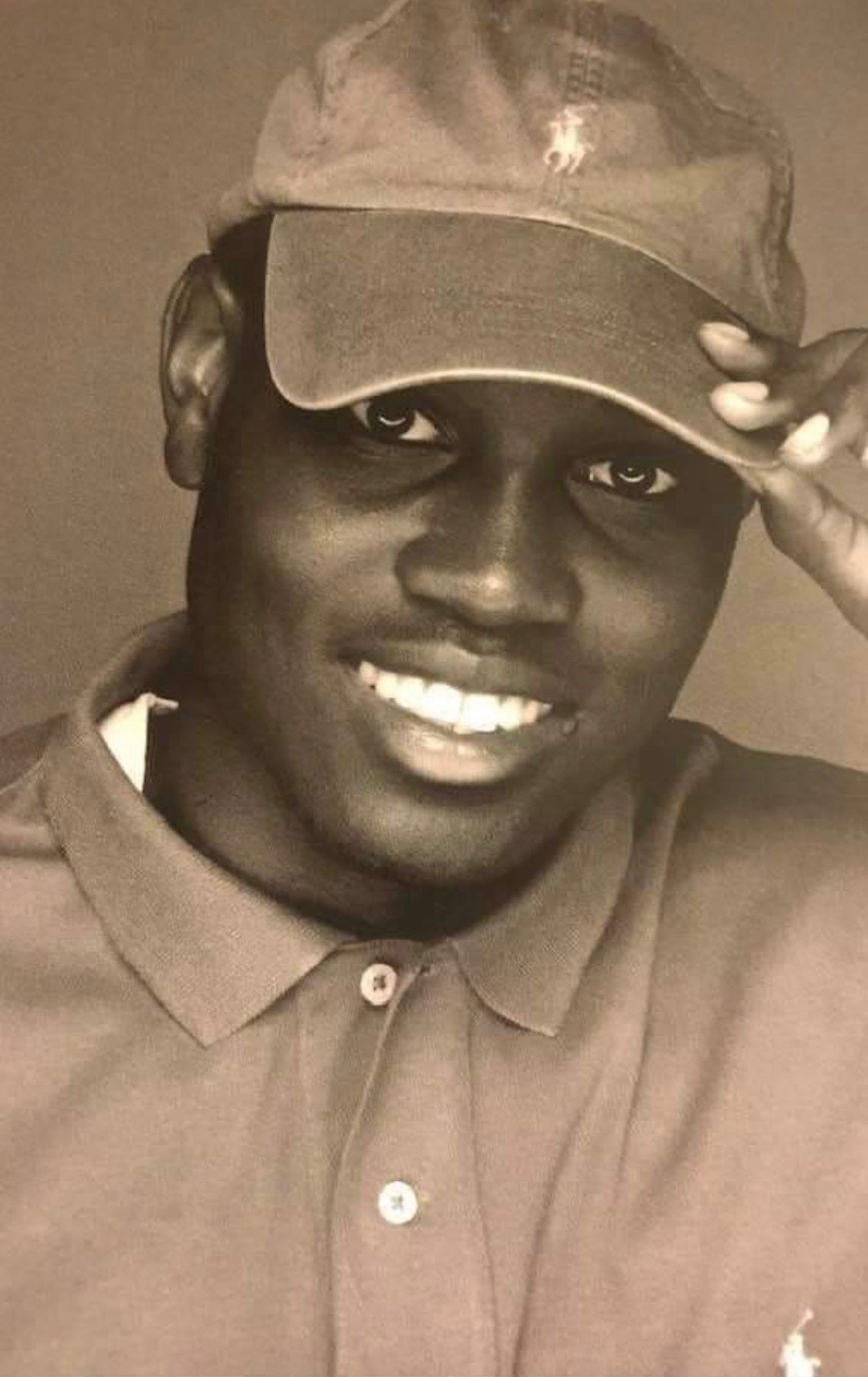TALK + MEDITATION: HEART PRACTICE. COMPASSION + THE SHADOW-SIDES OF COMPASSION
TODAY’S TALK WAS RECORDED DAYS AFTER WE LEARNED OF THE KILLING OF AHMAUD ARBERY + IS DEDICATED TO HIM.
Today we talk about justice. And we talk about pain. We talk about LOVE. We talk about empathy. And we talk about justice in a world that so deeply needs to be healed.
We talk about compassion to heal our own hearts. To learn how to carry pain and suffering for others who are not currently able to carry that burden on their own.
:::
In this practice of compassion, we often skip over the most difficult parts. It’s easy to say the words, “I’m so sorry for your loss” … But, we often miss out on the idea that part of compassion is holding pain and suffering for another individual in pain.
:::
Without understanding the shadow side of compassion (or the near enemy of compassion), it is hard to understand the full depth of compassion itself.
You may recognize the far enemy of compassion, cruelty. This one is easy and we understand it.
What is often harder to recognize is the near enemy of compassion, Pity. We call pity the “shadow side” because it is often hard to discern. Pity can feel confusing. Pity is often lurking in the background. Sometimes pity looks like compassion on it’s exterior and pity looks like disconnect and separation on the interior.
:::
COMPASSION IS ABOUT CONNECTING MY HEART TO YOUR HEART.
Connection that allows me to carry pain and suffering for you, when you cannot carry them alone.
Compassion and empathy are qualities and traits when we feel, with a felt sense, what someone else in deep pain and suffering are feeling.
COMPASSION IS CONNECTION.
Compassion is a willingness to sit with discomfort. Compassion is a willingness to stay and to be.
Compassion is a willingness to reach your hand out to someone else. Someone you may not understand. Someone who may not look like you.
Compassion is an act of saying, “I know you are suffering right now, and I want you to know that I am walking beside you”.
Compassion is the art of telling someone else, “I know that you are hurting right now, and I am willing to stay here with you, for as long as you need me”.
Compassion is a connection of our hearts.
:::
PITY IS A DISTANCING. PITY IS A DISCONNECT.
Pity is, “I feel so sorry for you”.
Pity is, “I feel so glad that I am not in your position”.
Pity is a silent sense of relief that the pain and the suffering that someone else experiences is not yours to carry right now, in this moment.
Pity is saying, you’re so sorry for Ahmaud Arbery’s Mother and then silently slipping back into the safety of your own home, without reaching your hand out to fight for justice for this man and for his family.
Pity is making an automatic judgement that someone who is suffering needs or deserves the suffering that they are experiencing.
Pity is an act of fear. Pity is an act of separation.
Pity is saying the words, “I can’t carry what you’re feeling right now, and therefore I am going to retreat”.
PITY IS STEPPING BACK INTO YOUR OWN SHELL WHEN SOMEONE ELSE DESPERATELY NEEDS YOUR HAND OR YOUR HEART TO HOLD THEM.
:::
True and authentic compassion and empathy requires allowing our hearts to be vulnerable enough to feel pain and to feel suffering, and simultaneously being able to sit with the discomfort of holding this space and this support and this warmth for somebody else.
This is where the real work is.
This is where the real work is, of living in this real human experience.
It is not closing the door and walling off your heart. It’s not turning off the news.
It’s not closing the door, when a Black Man is killed on the street, and then Thanking God that it wasn’t your son.
:::
Sometimes compassion can feel like a hard burden for your heart to carry sometimes. But, this is why we are here, weaving this web of support together. This is why we are here, holding each other up. This is why we build this idea of community, of love, and of connection.
SITTING IN PITY DOES NOT PROTECT YOU FROM FEELING THE DEEPNESS OF EMOTION. SITTING IN PITY SIMPLY PRESSES EMOTION DEEPER AND DEEPER INTO YOUR BODY, FORMING A HARD PIT IN YOUR STOMACH THAT YOU CAN’T SEEM TO SHAKE.
Pity is giving someone else the message that you are not really there for them, when they need it.
:::
This is why we practice.
Mindfulness and Meditation are your portals and your gateways to these practices.
MEDITATION IS A BRIDGE TO COMPASSION.
This place of meditation is where we practice sitting with our own discomfort.
This place of meditation is where we practice sitting with our own discomfort. It is where we start to learn the vast depth of what we are capable of holding and carrying. It is where we learn that we can bear witness to someone else’s suffering and not collapse under the weight because we know how to carry ourselves.
It is trusting that we can hear the news of someone else suffering and still get up the next day to move through the world, to make a difference, to live our passion, to reach out and connect to another heart and another being.
:::
compassion meditation:
Close your eyes and call to mind a visual image of someone you love deeply.
Allow yourself to see their face, smiling back at you. Smiling with their eyes and smiling with their lips.
~
With your deepest and trust self, repeating to them,
May you be held in compassion.
May your pain and sorrow be eased.
May your difficulties be held with kindness.
May you be at peace.
And, may you know that you are loved.
~
Bring to mind now a friend and repeat these mantras.
Bring to mind a stranger. Someone who looks differently than you. Someone who practices a different culture and a different religion. Someone you know might be suffering deeply. Maybe someone you have seen on the news. Someone who might be experiencing grief and heartbreak. Bring a visual image of this person to mind. Feel the feelings of them and their family. Feel deeply what they are feeling. Can you feel deeply, what you would need for love and support. Continue to repeat the compassion mantras with authentic depth.
And then, bring to mind a visual image of yourself. As if you are gazing at yourself in the mirror, when you are at your happiest. A moment when you feel free. A moment when your body feels at ease. Turn your most genuine heart toward yourself, and begin repeating the mantras, “May I be held with compassion”.
:::
JOURNALLING PROMPTS:
What does it feel like in your body and in your mind, to receive true, authentic compassion and empathy, when you are suffering?
What are the most loving words you have received from family, friends, or strangers, during moments of sadness and pain?
If you reflect on moments when you have been able to offer your true heart in compassion to someone else in pain, what did you say? How did you put empathy into action? How did it feel to walk beside someone while they were suffering?
What does it feel like in your body and in your mind, to receive pity disguised as compassion?
Can you reflect on moments when someone else’s pain felt so deep and so overwhelming, that inside of connecting to them in empathy, you retreated into self-protection? If you could go back in time, would you respond differently? Would you say different words? Take different actions?
Who in your life, right now, could be supported and uplifted by a true act of compassion?
In what area of your life are you craving love, compassion, understanding and empathy from those who know you and love you?
Send me a note to connect and comment below with your experiences of compassion and pity, both giving and receiving.
xo Carla

